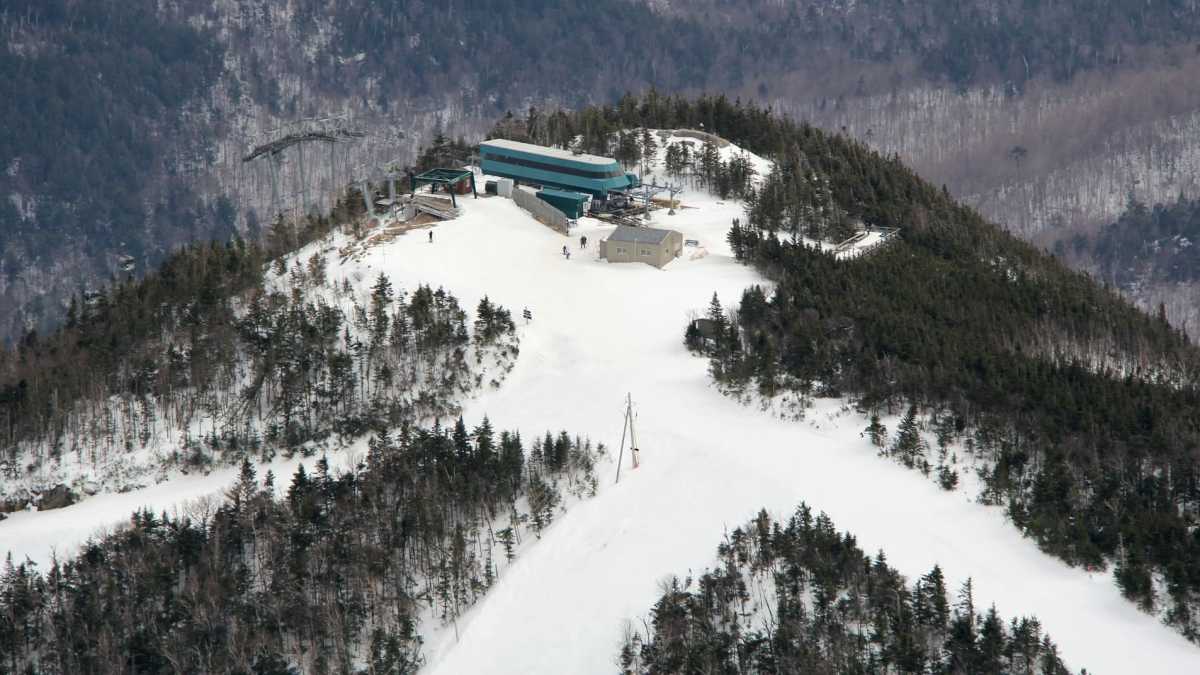
A high angle shot of a connection point at Whiteface, New York.. © Payam Moghtader
Whiteface Joins Mountain Collective: A Measured Look at the Northeast Addition
Published Date:
Mountain Collective Adds Whiteface, Addressing Northeast Gap
The Mountain Collective pass has announced Whiteface as its newest partner for the 2025-26 season, finally adding a proper Northeast US option to its roster. While this move addresses a longstanding criticism of the pass, it also raises questions about Mountain Collective's overall strategy in an increasingly competitive multi-resort pass landscape.
Whiteface, operated by New York's Olympic Regional Development Authority (ORDA), will offer Mountain Collective passholders two days of skiing plus 50% off additional days. This addition provides a much-needed East Coast anchor for the pass, which has historically skewed heavily towards Western North America and international destinations.

For Northeast skiers considering the Mountain Collective, Whiteface's inclusion adds tangible value. With 3,430 feet of vertical drop, it's a legitimate big-mountain experience for the region. However, at only 334 skiable acres, it's decidedly small compared to Western resorts on the pass. The mountain's snowmaking prowess (99% coverage) is a critical asset given the Northeast's often fickle weather.
While Whiteface's addition is objectively positive for Mountain Collective, it doesn't fundamentally alter the pass's niche position in the market. The Collective remains primarily aimed at skiers planning multiple short trips to diverse destinations, rather than those seeking unlimited access to a home resort or expansive regional network.
It's worth noting that Whiteface was previously part of the now-defunct MAX Pass, which was essentially absorbed by the Ikon Pass. This history, combined with the fact that several Mountain Collective resorts are also Ikon partners, raises the possibility of Whiteface eventually joining Ikon as well. Such a move would potentially diminish the uniqueness of its Mountain Collective offering.
The broader context here is the ongoing consolidation and competition in the multi-resort pass market. While Vail's Epic Pass and Alterra's Ikon Pass dominate in terms of sheer size and unlimited access options, Mountain Collective has carved out a distinct niche. However, its relatively static roster in recent years suggests limited growth potential.
For Northeast skiers, Whiteface's addition makes Mountain Collective more appealing, but it's hardly a game-changer. The pass still offers limited regional utility compared to Ikon's partnerships with Killington, Sugarbush, and others. Ultimately, Mountain Collective's value proposition remains strongest for those planning to ski across multiple, geographically diverse destinations in a season.
As the 2025-26 season approaches, skiers and riders will need to carefully weigh their expected travel patterns and priorities against the evolving pass landscape. While Whiteface adds a solid Northeast option to Mountain Collective, it's unlikely to dramatically shift the competitive balance among multi-resort passes.



